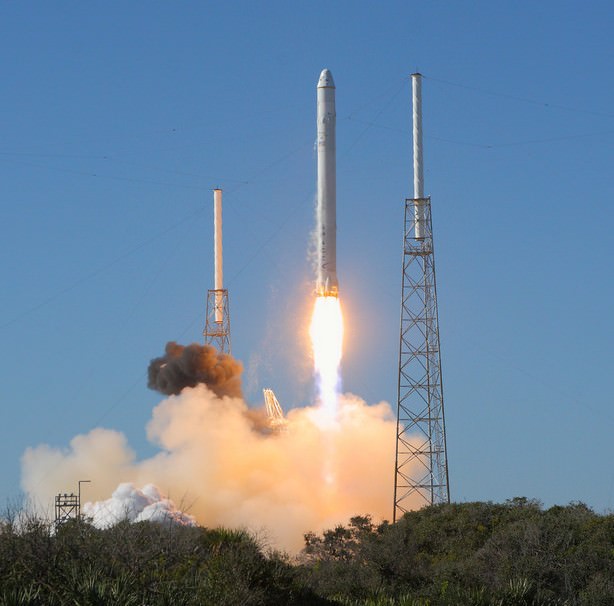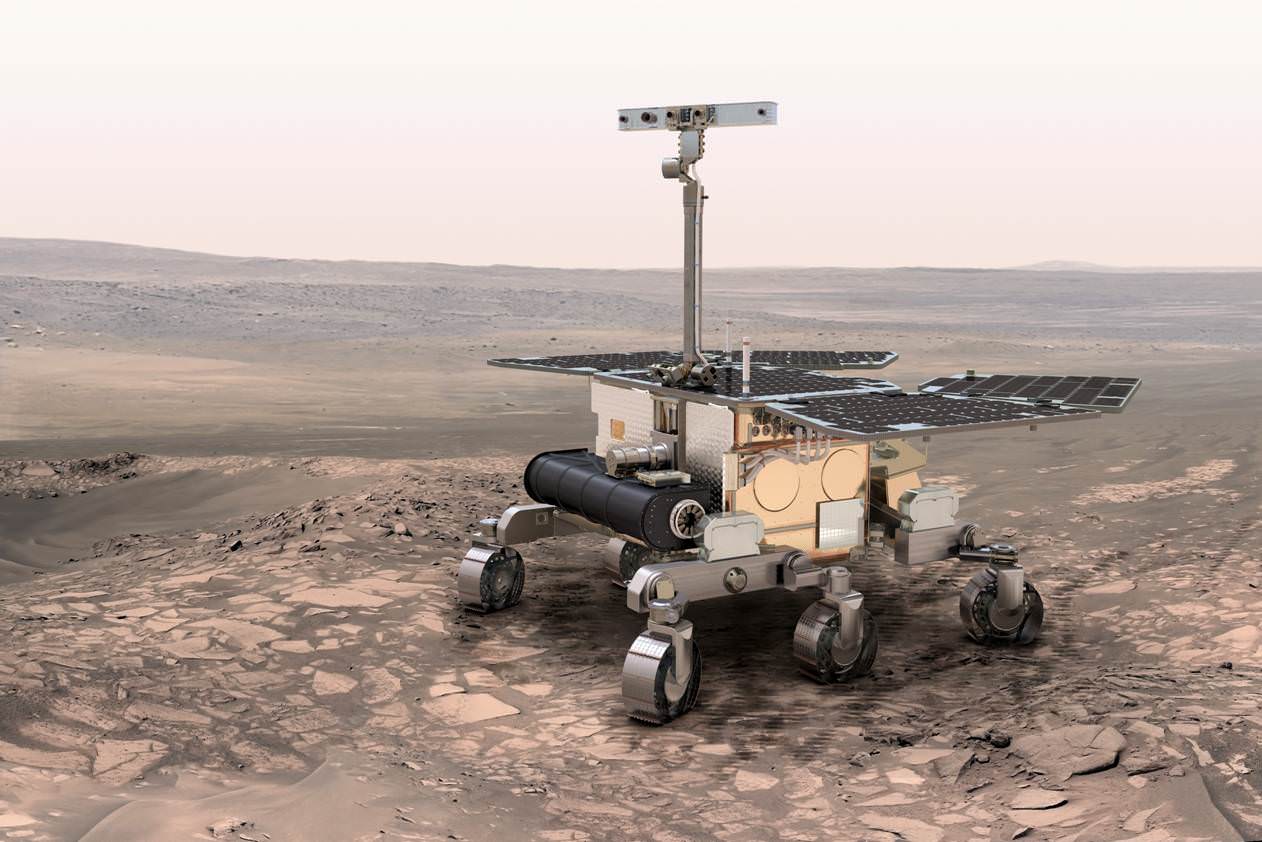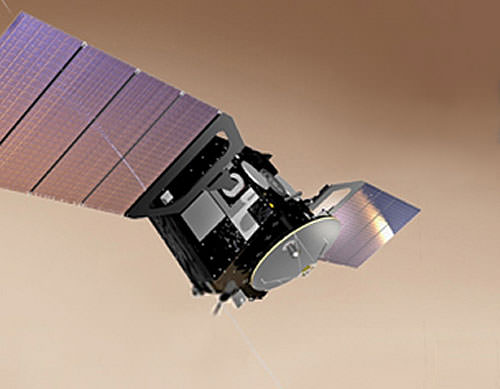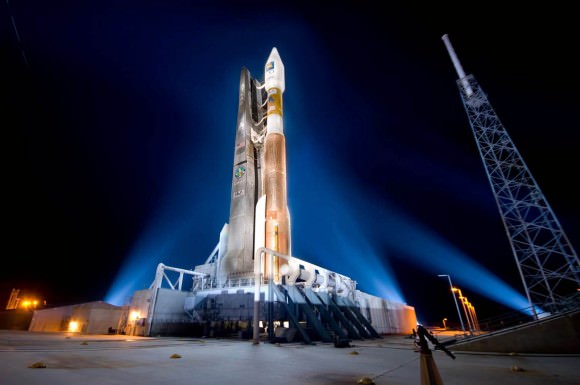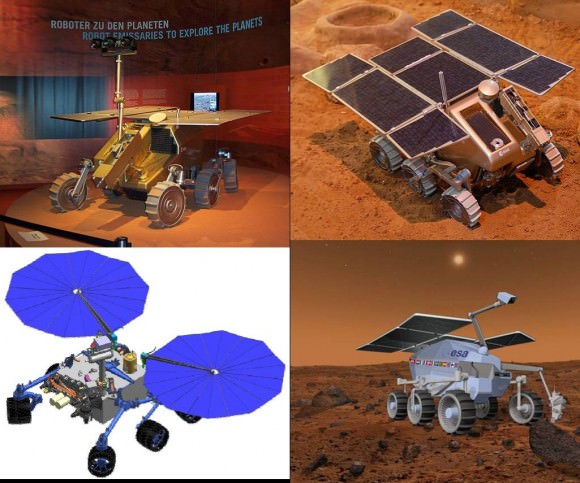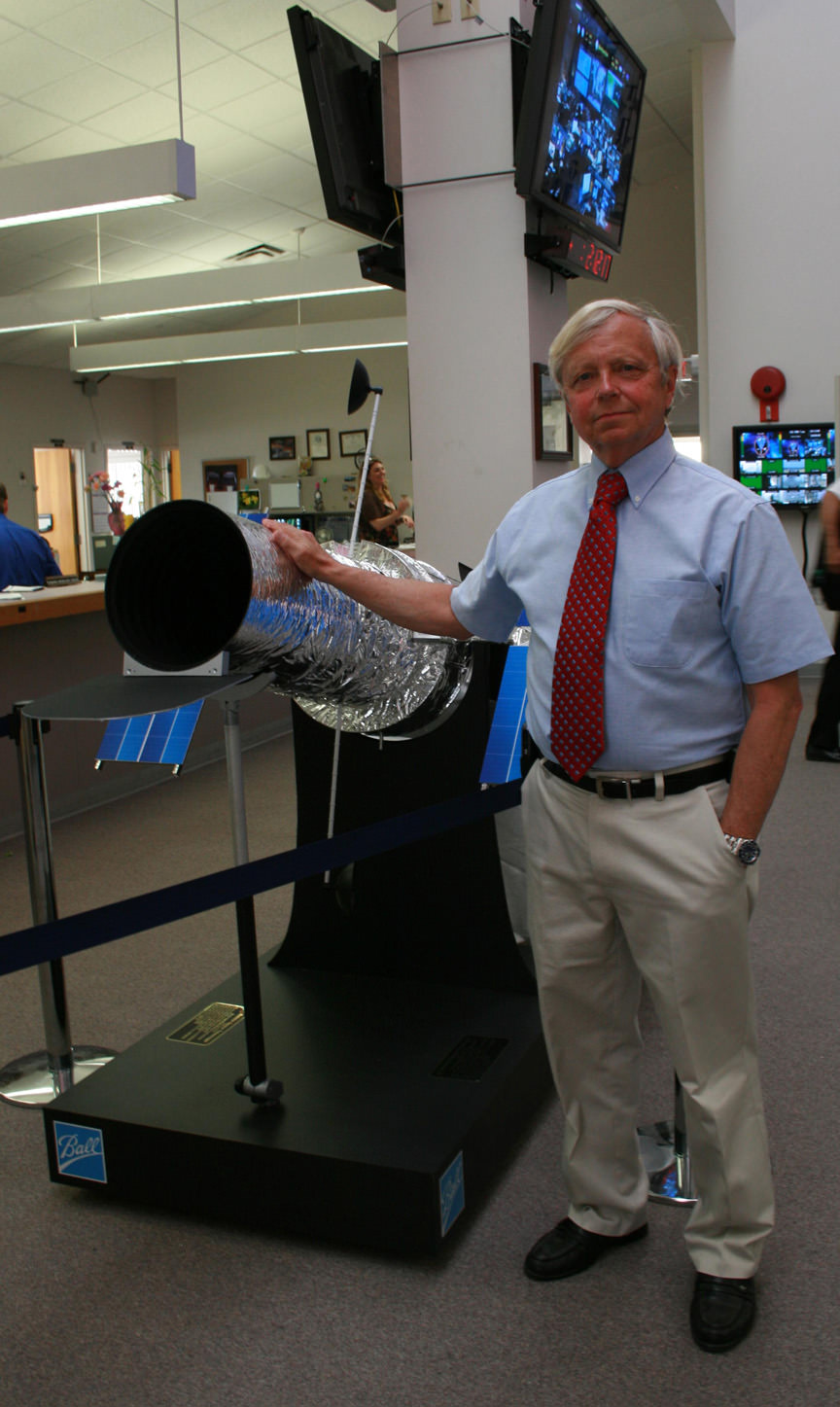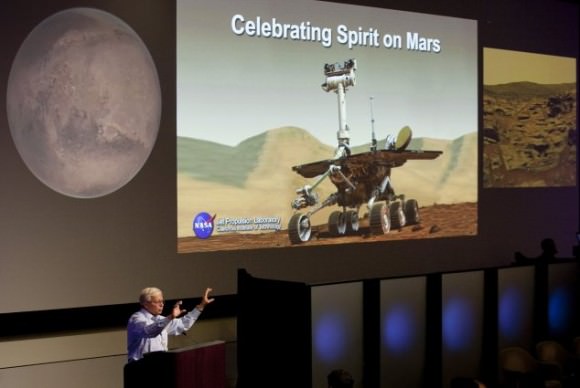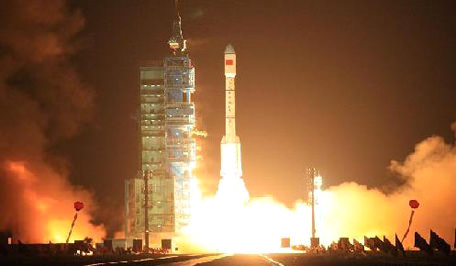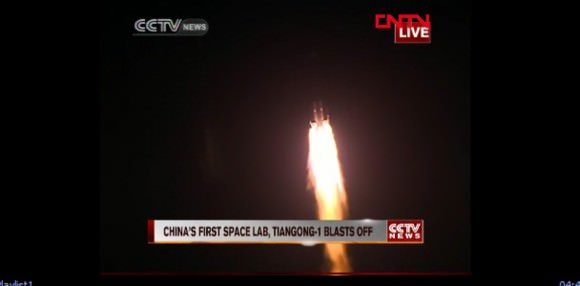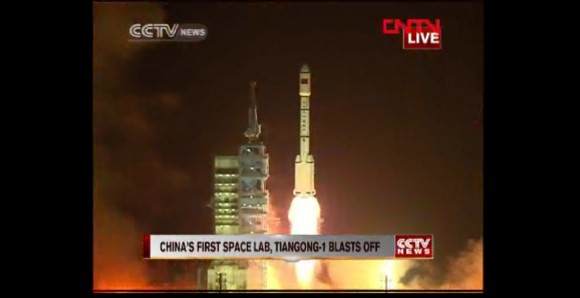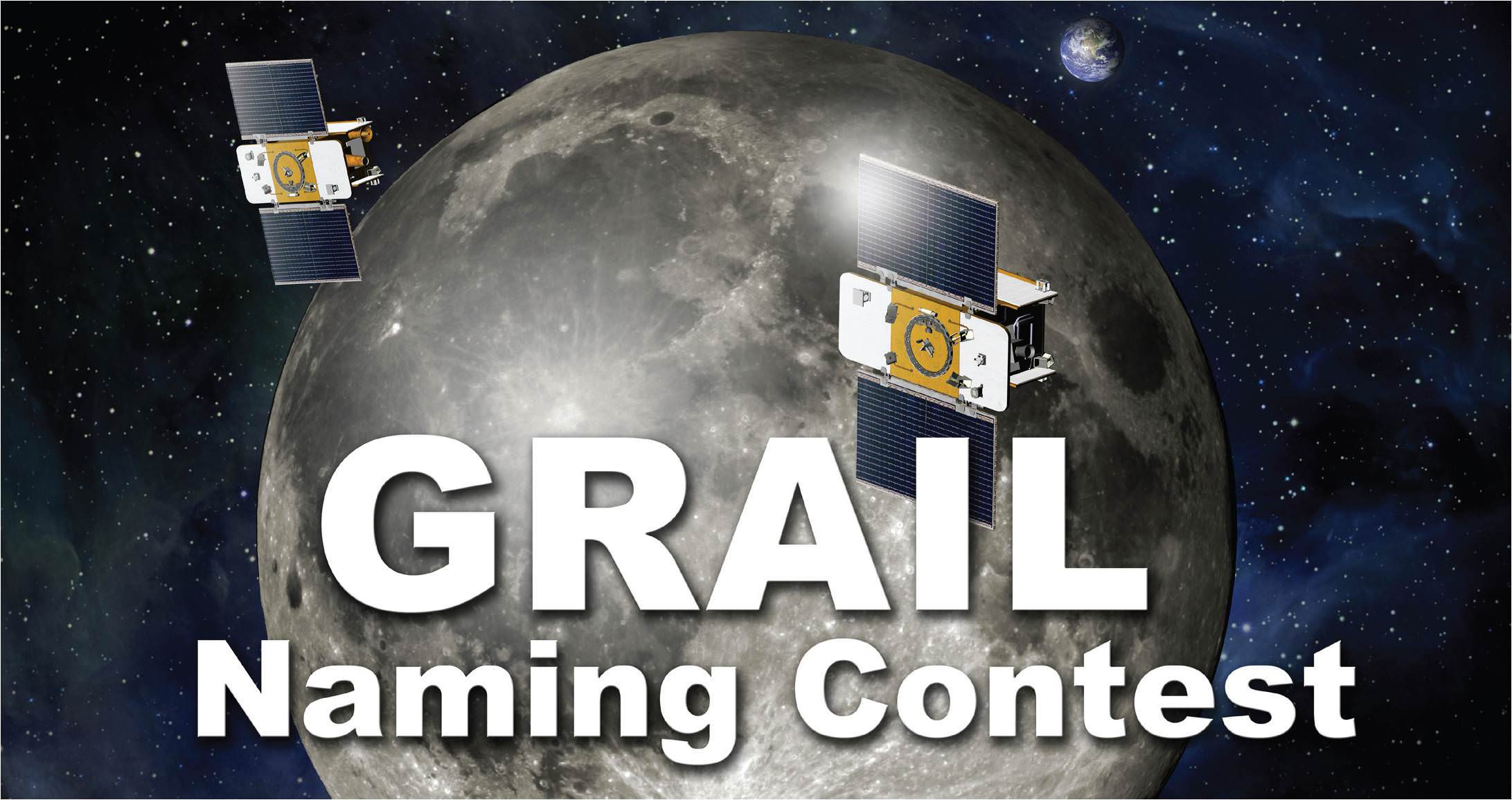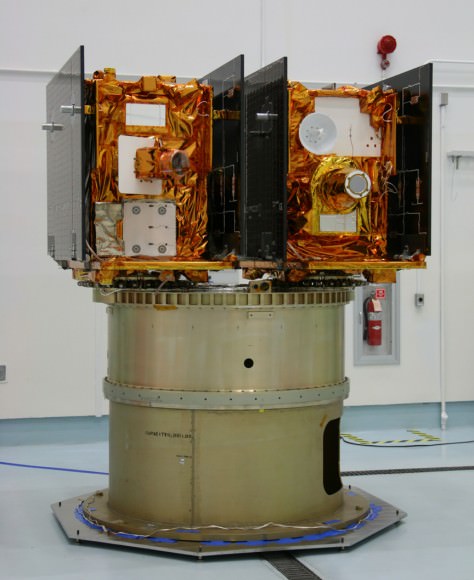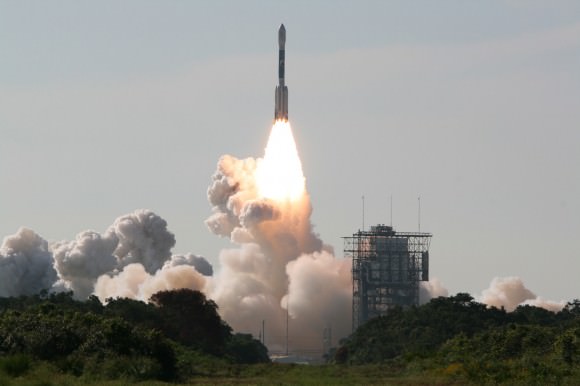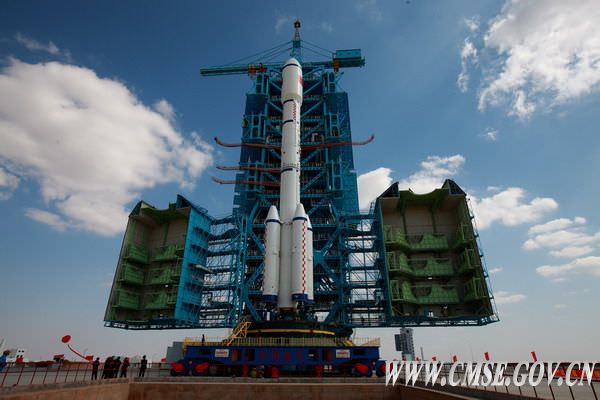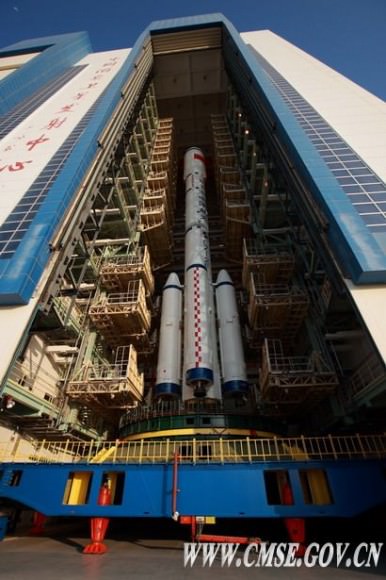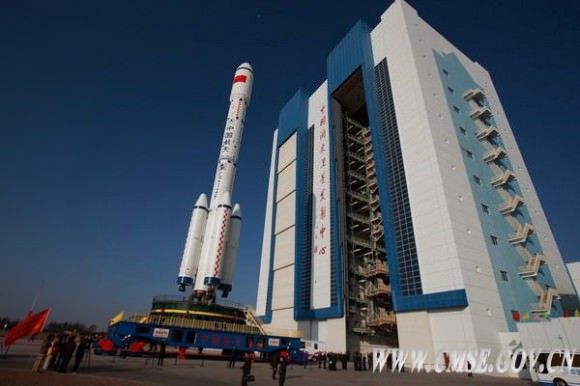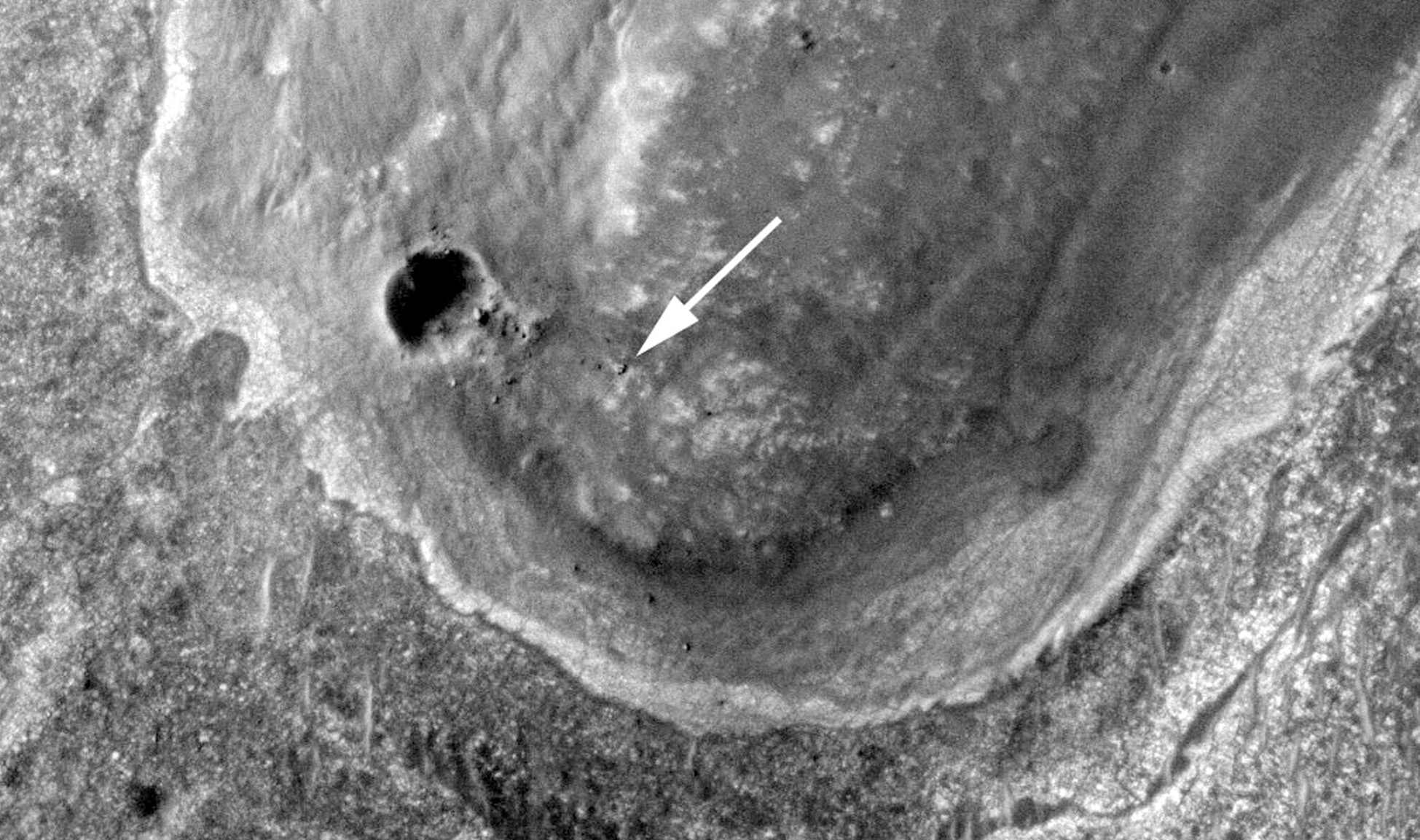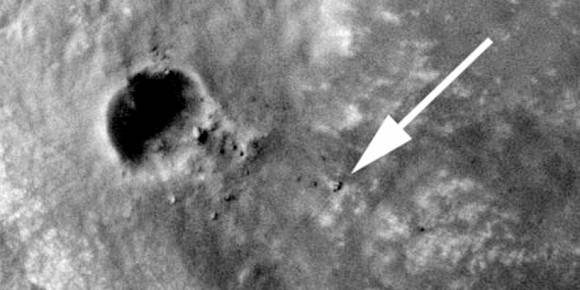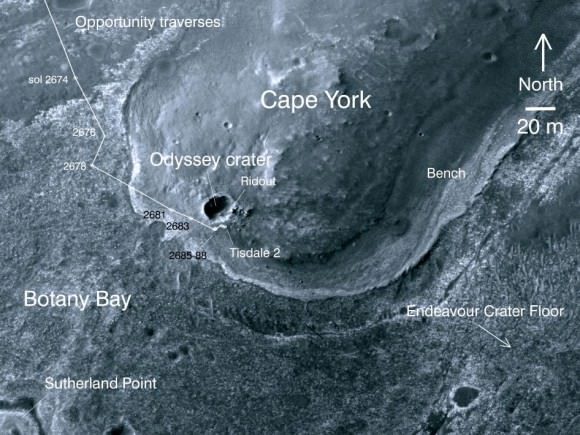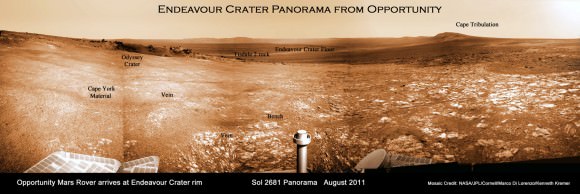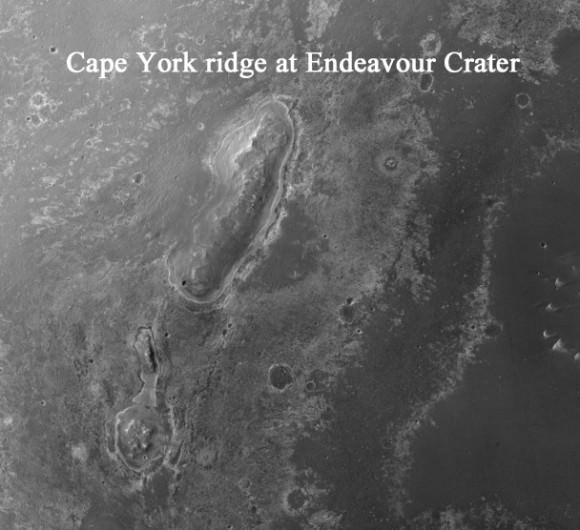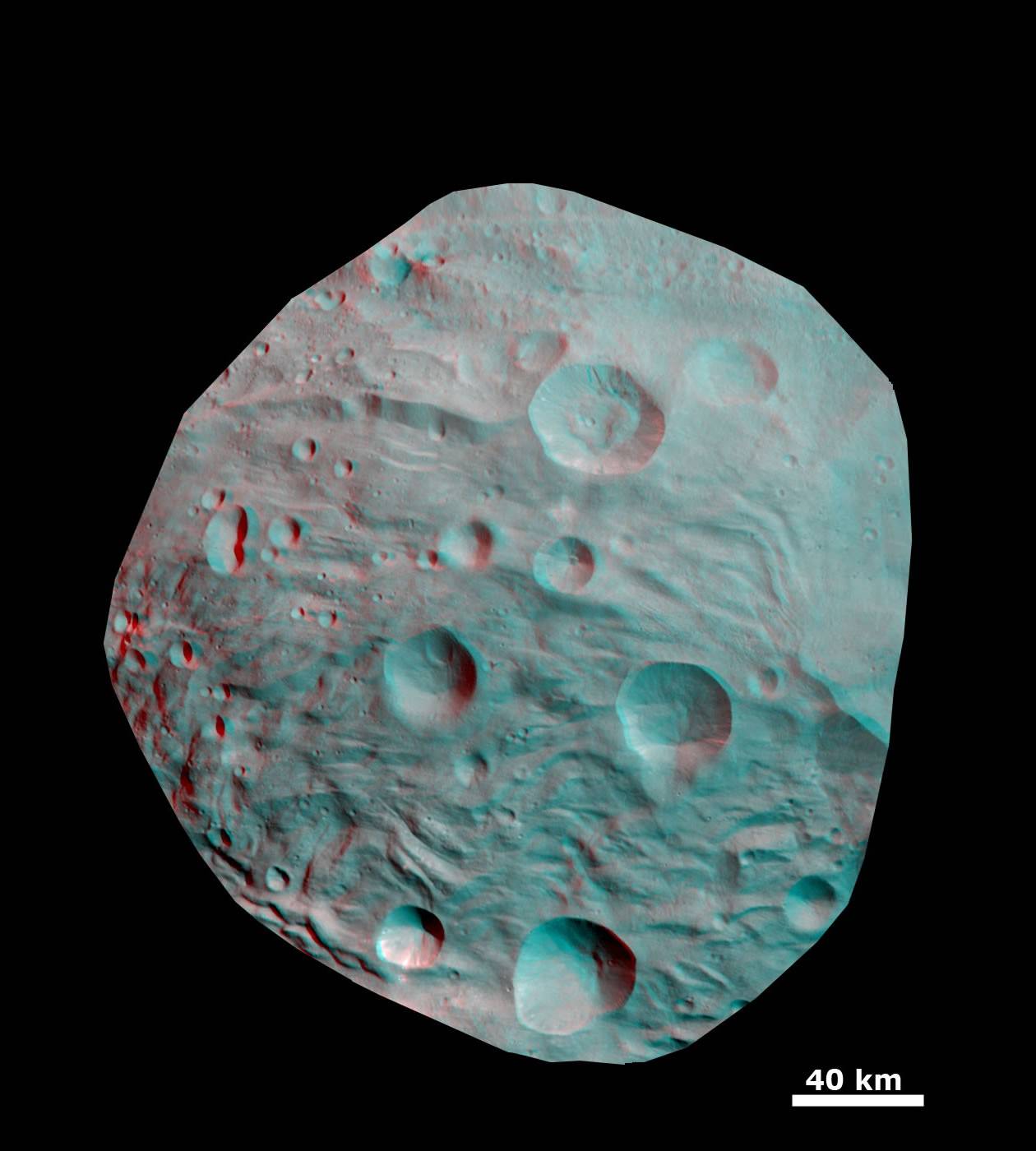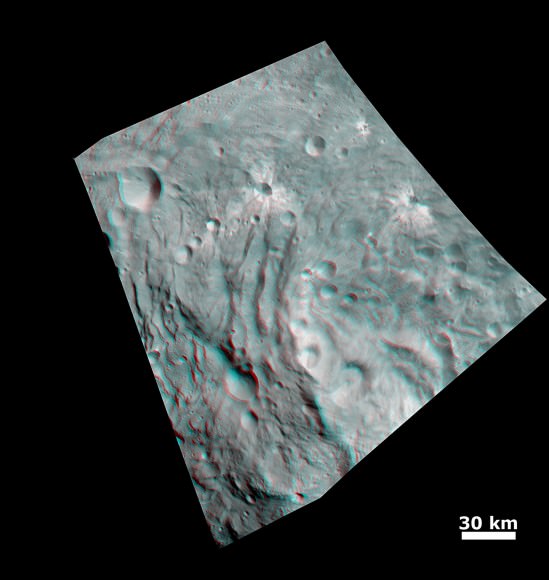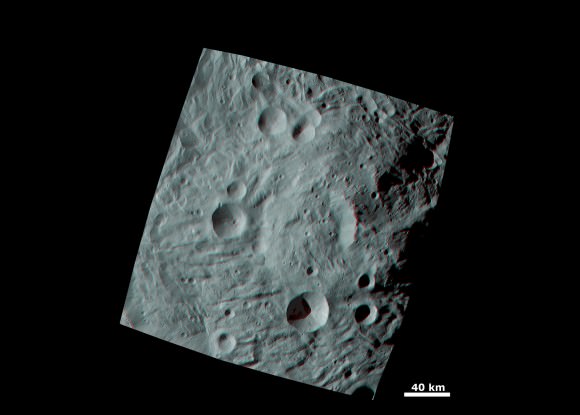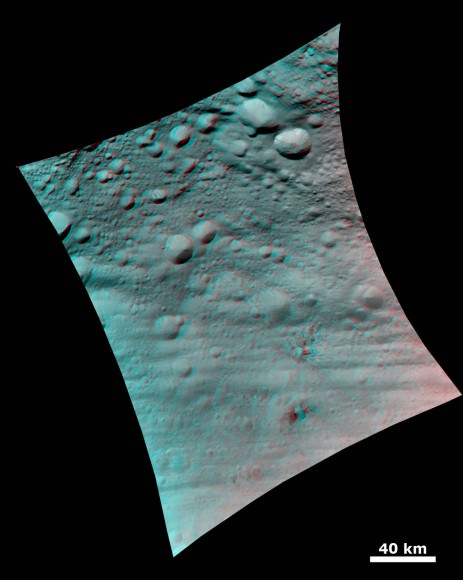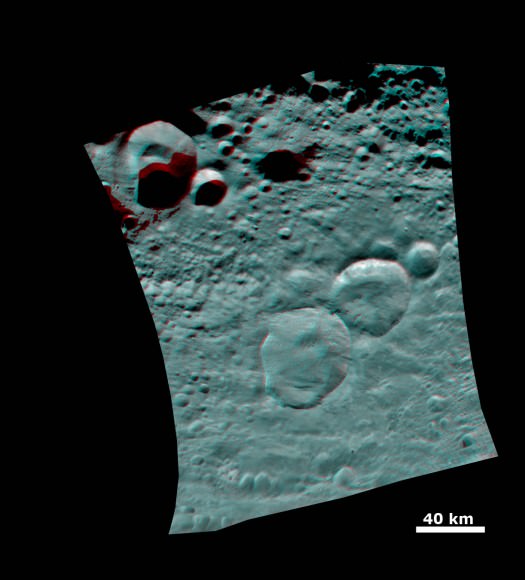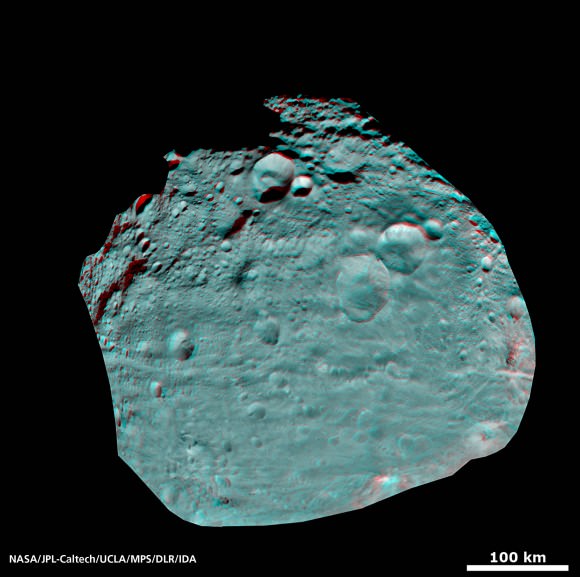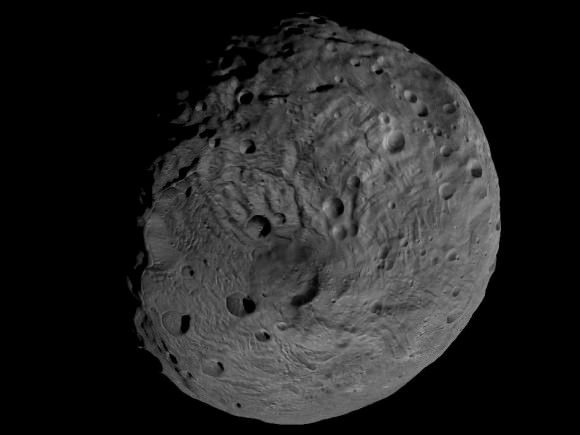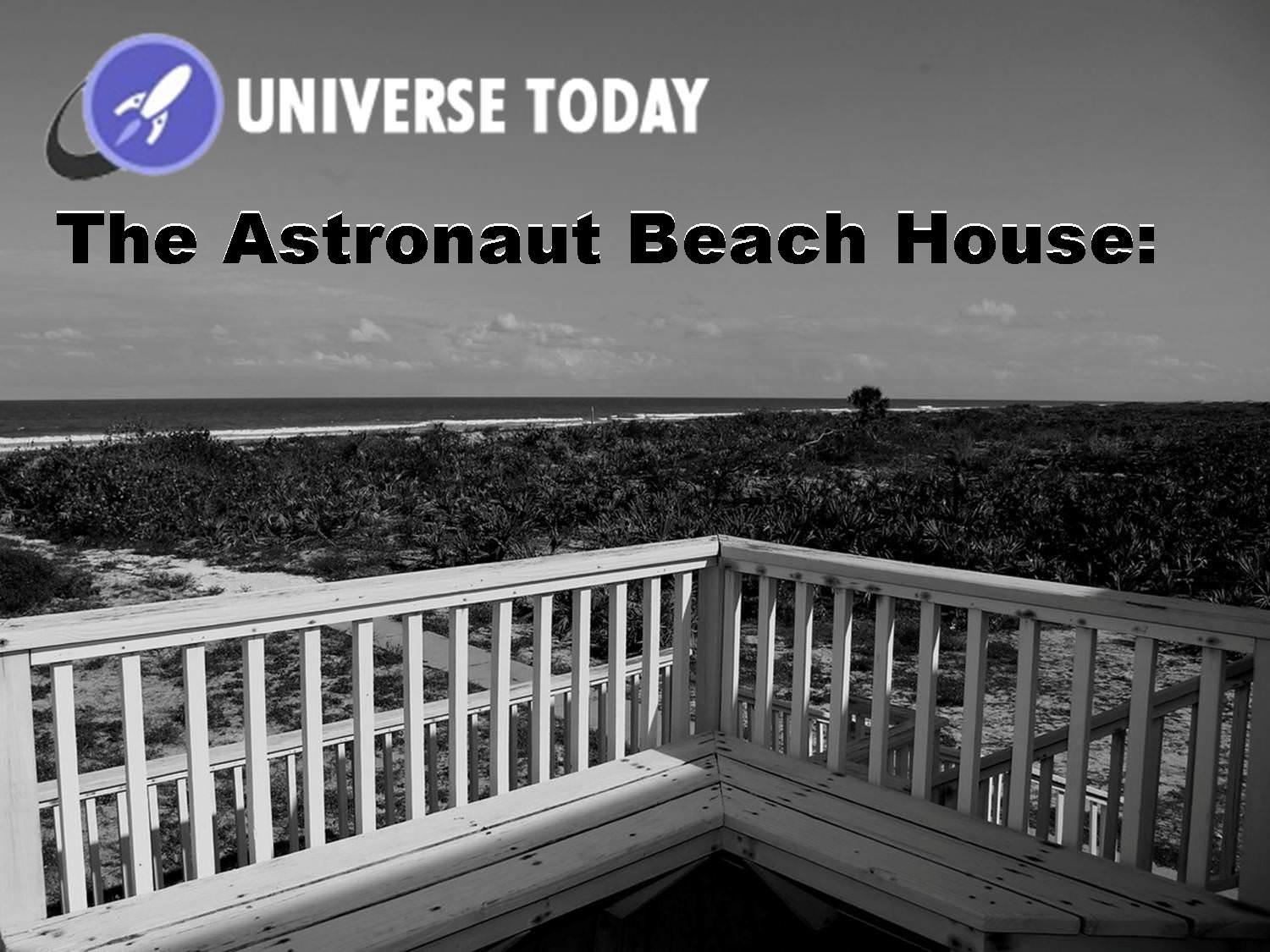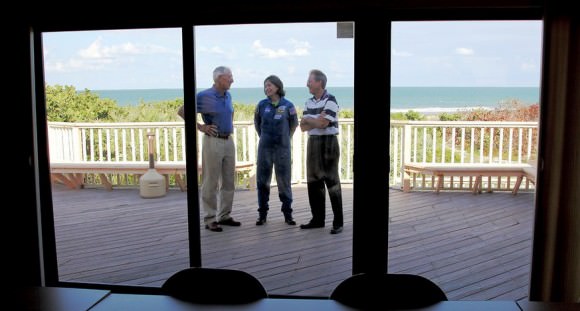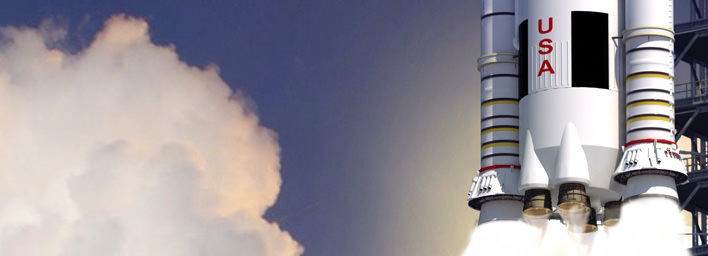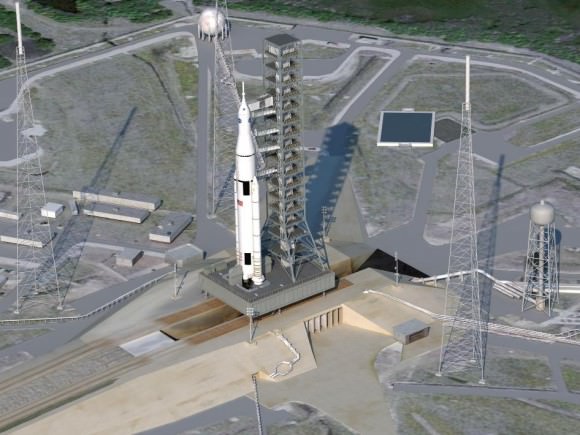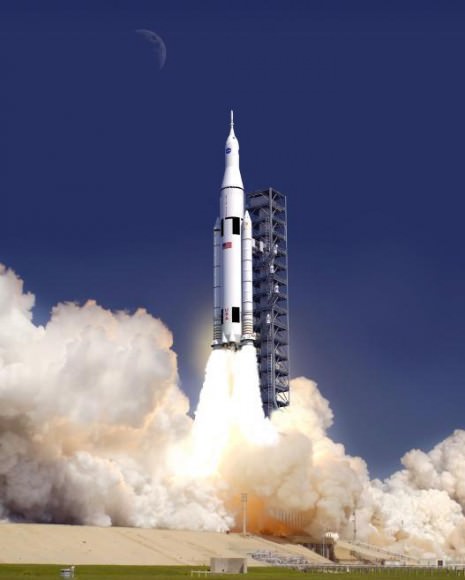[/caption]
CAPE CANAVERAL, Fla – The launch date of the next Falcon 9 rocket with its Dragon Spacecraft payload has been announced to occur no-earlier-than Dec. 19. This will mean that it will have been over a year since the last time that the NewSpace firm launched one of its rockets.
“NASA is working with SpaceX on our technical and safety data for this mission while coordinating with its international partners to sort out a launch schedule once a definitive decision is reached on the next Soyuz flight to the International Space Station. As a result, we’ve submitted December 19th to NASA and the Air Force as the first in a range of dates that we would be ready to launch,” said Kirstin Brost Grantham SpaceX’s Communications Director. “We recognize that a target launch date cannot be set until NASA gives us the green light as well as the partners involved in the International Space Station program make a decision on when to continue Soyuz flights. Our flight is one of many that have to be carefully coordinated, so the ultimate schedule of launches to the ISS is still under consideration.”
At a speech at the National Press Club on Thursday, SpaceX founder and CEO Elon Musk also confirmed that the flight of Dragon will likely be delayed — perhaps until January — due to the failure of a Soyuz rocket carrying a Progress re-supply ship to the ISS on August 24, 2011.
“It actually will likely result in a delay to our launch to the ISS,” Musk said, “and NASA rightly wants to have the appropriate level of astronauts with the right training when we arrive, so it looks like January for the launch to space station, and that is contingent upon the Russians meeting the schedule they’ve currently stating.”
The Russian Space Agency has scheduled Progress launches on October 30, 2011, and January 26, 2012, with potential launches for the manned Soyuz-FG spacecraft on November 12 and December 20, 2011.
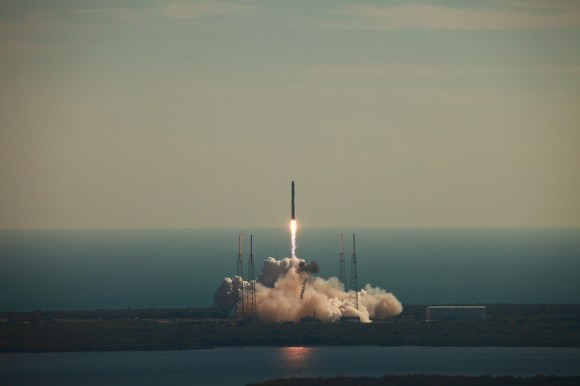
SpaceX last launched one of its Falcon 9 rockets on Dec. 8 of last year. That launch saw the first flight of the company’s Dragon Spacecraft, which completed two orbits before splashing safely down in the Pacific Ocean off the coast of California. This event marked the first time that a private entity had accomplished this feat. Up until that time only nations had sent and retrieved spacecraft from orbit.
Also during Musk’s speech on Sept. 29, he announced that SpaceX is developing the world’s first, fully-reusable rocket. Musk said that the development of this as-yet-unnamed rocket, if successful, would greatly reduce the cost of launching to orbit and open the doors to manned flights to Mars. But the SpaceX CEO cautioned that success was not guaranteed.
With the space shuttle fleet retired and being prepared for display in museums and tourist attractions, NASA is relying on many proposed commercial space taxis that, unlike the Dragon which has flown, have yet to be tested. Boeing, Sierra Nevada Corporation and Orbital Sciences Corporation all have proposed designs to ferry astronauts to and from low-Earth-orbit and the International Space Station.

